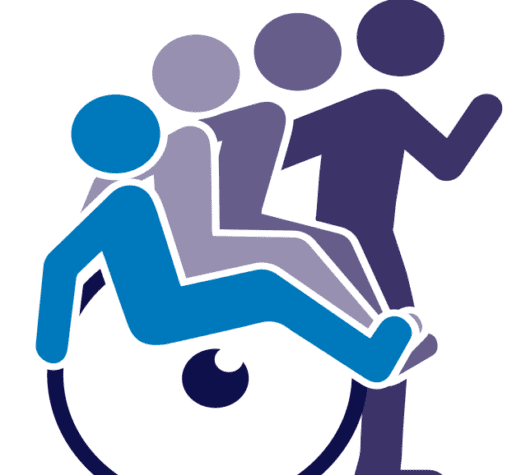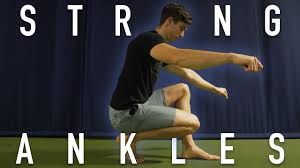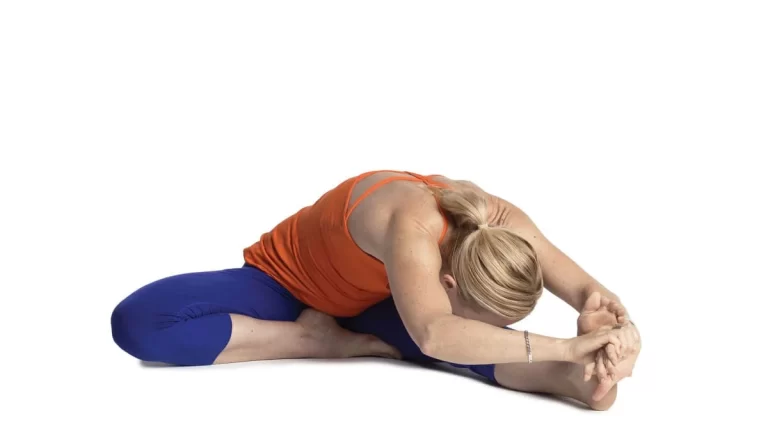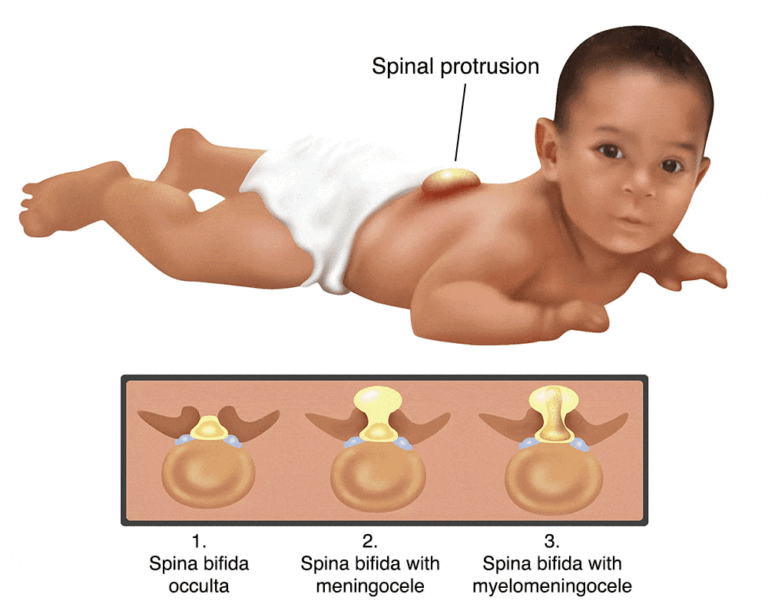Best Way To Relieve Neck Pain From Sleeping Wrong
Table of Contents
Introduction:
The whole day might be negatively impacted by sleeping with an uncomfortable, aching, and stiff neck. To restore comfort, increase mobility, and avoid long-term problems, it is crucial to know the best methods for relieving neck pain caused by bad sleeping posture.
To relieve stress and encourage a pain-free morning, small adjustments, mild stretches, and focused exercises can have a big impact.
Benefits of Relieving Neck Pain From Sleeping Wrong:
- Reduces Stiffness and pain: Allows for easier mobility and less soreness by releasing tension in the neck muscles.
- Improves Sleep Quality: Pain relief makes it easier to fall asleep and wake up feeling rejuvenated.
- Prevents Long-Term Problems: Proper posture and consistent relief lower the chance of developing chronic neck strain or pain.
- Improves Posture: Throughout the day, improved spinal alignment is supported by releasing tense neck muscles.
- Increases Daily Productivity: It is simpler to concentrate and move during everyday tasks when there is no neck pain.
- Lowers Frequency of Headaches: Lowers the frequency of tension headaches caused by tense neck muscles.
Exercises for Relieving Neck Pain From Sleeping Wrong:
Chin Tucks:
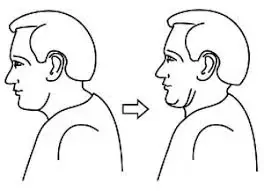
An excellent exercise for reducing neck pain caused by awkward sleeping habits or extended forward head posture is the chin tuck. By focusing on the deep cervical muscles, which are frequently stressed or weak, this exercise helps to realign the neck and spine.
Maintaining a straight spine and relaxed shoulders, gradually pull your chin back toward your throat without cocking your head up or down to execute a chin tuck. Maintaining this posture for a few seconds while breathing slowly strengthens the deep stabilizing muscles at the front of the neck and stretches the muscles at the back.
It is a necessary movement for anyone uncomfortable from sleeping in the wrong position since it can gradually reduce stiffness, improve posture, ease tension headaches, and avoid recurrent neck pain.
Upper Trapezius Stretch:
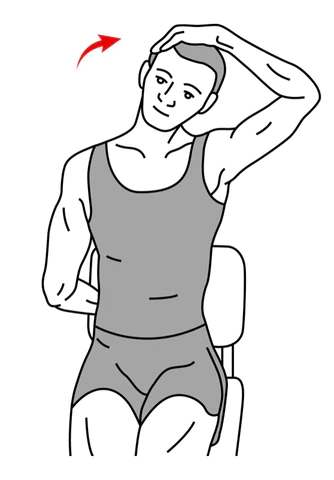
Stretching the upper trapezius helps release tightness and stress in the shoulder and neck region, which frequently results from sleeping in uncomfortable positions. To do the stretch, sit or stand up straight, lean your head slightly to one side so that your ear is close to your shoulder, and then apply light pressure with your palm for a deeper stretch.
Feel the stretch on the top of your shoulder and along the side of your neck for 20 to 30 seconds, then swap sides. By doing this stretch regularly, you can minimize pain from strained muscles or bad posture while you sleep, as well as reduce stiffness and increase neck mobility.
Scapular Squeezes:
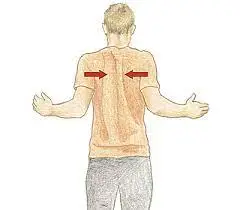
A quick and easy way to strengthen the muscles between your shoulder blades and enhance your posture is to perform scapular squeezes. You can do these by sitting or standing with your back straight, pulling your shoulder blades together lightly as though you were holding a pencil between them, and then relaxing after 5 to 10 seconds.
In addition to counteracting the consequences of bad sleeping positions and supporting appropriate spinal alignment, repeating this action multiple times helps treat and prevent neck pain by reducing stress in the upper back and neck.
Wall Angels:
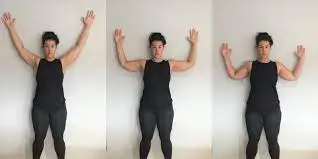
Exercises like wall angels are great for strengthening the upper back, posture, and shoulder mobility, all of which can help reduce neck pain from bad sleeping habits. Standing with your back to a wall and your feet slightly off of it, execute wall angels by gently pressing your head, shoulders, and lower back into the wall.
Lift your arms into a “goalpost” posture, then move them slowly up and down the wall without losing contact. Over time, this action helps to reduce stiffness and pain by strengthening upper back muscles, stretching tight chest and shoulder muscles, and promoting healthy neck and spine alignment.
Levator Scapulae Stretch:
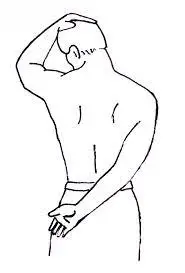
The muscle that runs down the side and back of the neck is the objective of the levator scapulae. This muscle frequently becomes tense from bad sleeping postures or ongoing stress. The stretch involves sitting or standing upright, turning your head 45 degrees to one side, and then lowering your chin softly toward your chest.
For a deeper stretch, you might apply light pressure with your hand. Frequent practice is quite good in easing the pain caused by improper sleeping because it eases shoulder stress, improves neck mobility generally, and relieves stiff necks.
Conclusion:
Sleeping in the incorrect position can cause neck pain, which is a frequent but treatable issue. It is possible to greatly reduce stiffness, improve posture, and restore mobility by incorporating mild stretches and exercises such as wall angels, levator scapulae stretches, chin tucks, upper trapezius stretches, and scapular squeezes.
Regular practice ensures that you wake up each day feeling renewed and pain-free, as well as reducing pain and preventing further neck strain.
FAQs:
There are things you may do to avoid neck pain from strained and stiff muscles. Maintain proper posture. Electronic devices, such as phones and computers, should be positioned so that using them doesn’t require slouching or neck strain. When sitting, keep your back straight and your shoulders in line to avoid putting undue strain on your neck.
Although it’s generally not advised for side or back sleepers since it can cause misalignment and worsen pain, sleeping pillowless may help relieve neck pain if you are a stomach sleeper by maintaining a natural spinal position. Try sleeping without a pillow gradually and get medical advice before doing so, particularly if you have chronic pain or other health issues.
If neck pain follows an injury, is accompanied by a fever, headache, numbness, weakness, or tingling in the arms or legs, or if you lose control of your bladder or bowel, it is significant and needs to be treated right away. Additionally, if the pain is severe, doesn’t go away with rest or over-the-counter medication, or gets in the way of your everyday activities, you should see a doctor.
In general, a medical evaluation is necessary for any neck pain that persists for more than a few days. In addition to offering much-needed symptom relief, an evaluation is crucial for figuring out whether the cause is worsening and how to treat it to avoid more issues.
Instead of treating an acute injury, heat therapy is frequently advised for persistent pain. However, as long as it seems soothing to you, you can use it anytime your neck hurts. The following are some circumstances in which using heat for neck pain may be beneficial: cramping in the muscles.
Almost always, neck stiffness is a transient sign of sleeping in an odd position or overusing your neck. However, it may also be a sign of meningitis, a serious condition that requires immediate medical attention.
Try using heat or ice therapy.
You can use heat and ice at home to relieve tense neck muscles. To assist in reducing inflammation, apply an ice pack for the first 48 to 72 hours. Then, to help increase circulation and enhance mobility, apply a heating pad to the tense and tight muscles.
Over-the-counter pain medicines such as NSAIDs (ibuprofen, naproxen) or acetaminophen (Tylenol) are frequently the best option for mild to severe neck pain. Acetaminophen relieves pain in a different way than NSAIDs, which are especially effective for pain associated with inflammation. It’s crucial to see a healthcare professional for persistent pain or when self-care techniques are insufficient. They might suggest prescription-strength NSAIDs or muscle relaxants.
Pregnancy-related neck pain is not uncommon. Many pregnant women experience neck, shoulder, and back pain during their pregnancy. Later in pregnancy, though, the pain usually becomes more bothersome.
A neck crick can be promptly relieved by applying heat or ice for around 20 minutes, taking over-the-counter painkillers like ibuprofen, stretching gently, and attempting manual adjustments or posture adjustments. To prevent further strain, switch between cold and heat, gently move your neck to improve blood flow, and pay attention to your posture.
Usually, a stiff neck from improper sleeping lasts a few days to a week. Most patients find that conservative measures like stretching, heat/ice, and relaxation help relieve neck pain caused by tense muscles. You should contact a doctor, though, if your neck pain is severe, lasts for more than a week, or is accompanied by other symptoms like a headache or fever.
Muscle tension is frequently the source of neck pain from improper sleeping. This could be caused by an injury, sleeping on one’s stomach, using an excessively high pillow, or having sleep problems. Treatments for neck pain include stretching, massage, cold or heat therapy, and over-the-counter painkillers.
References:
- The Healthline Editorial Team. (2025, July 1). What causes neck pain after waking up, and how to treat it. Healthline. https://www.healthline.com/health/neck-pain/waking-up-with-neck-pain
- Exercises to help neck pain. (n.d.). Iodex. https://www.iodex.co.in/health-wellness-pain/exercise-diet/get-rid-neck-pain-sleeping-wrong/
- Cooper, G., MD. (2018, July 19). How to treat a stiff neck after sleeping. Spine-health. https://www.spine-health.com/conditions/neck-pain/how-treat-stiff-neck-after-sleeping
- Summer, J. V., & Summer, J. V. (2025, July 29). How to choose the best sleeping position for neck pain. Sleep Foundation. https://www.sleepfoundation.org/sleeping-positions/best-sleeping-position-for-neck-pain
- Why you get neck pain from sleeping wrong (and how to fix it). (n.d.). https://www.briankaramianmd.med.utah.edu/healthcare-news-pl1296/why-you-get-neck-pain-from-sleeping-wrong-and-how-to-fix-it-p57234/
